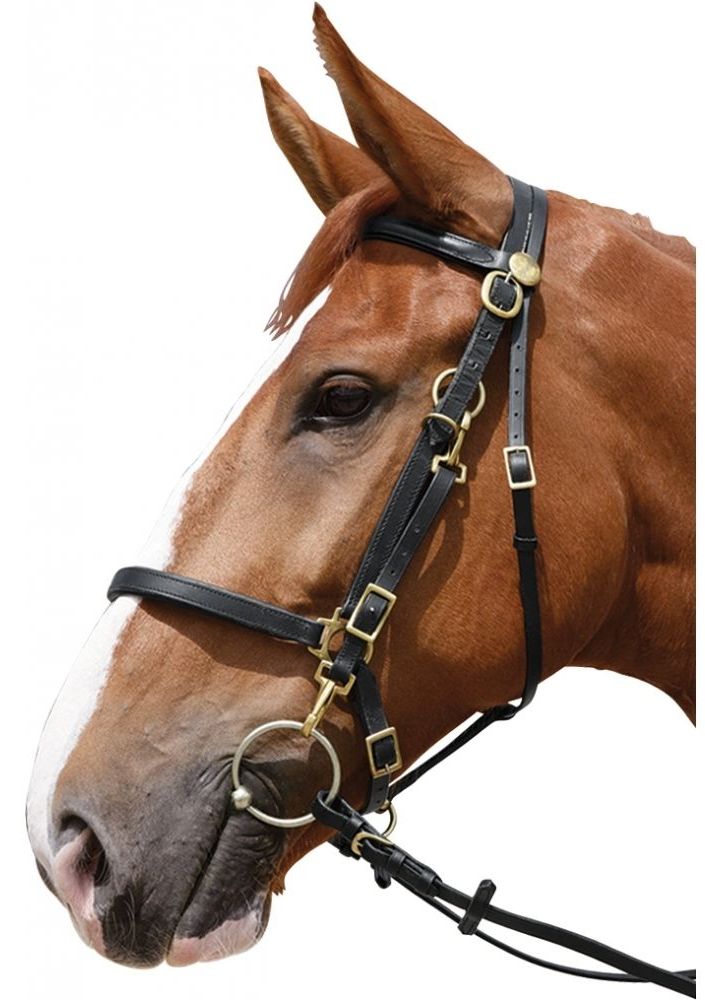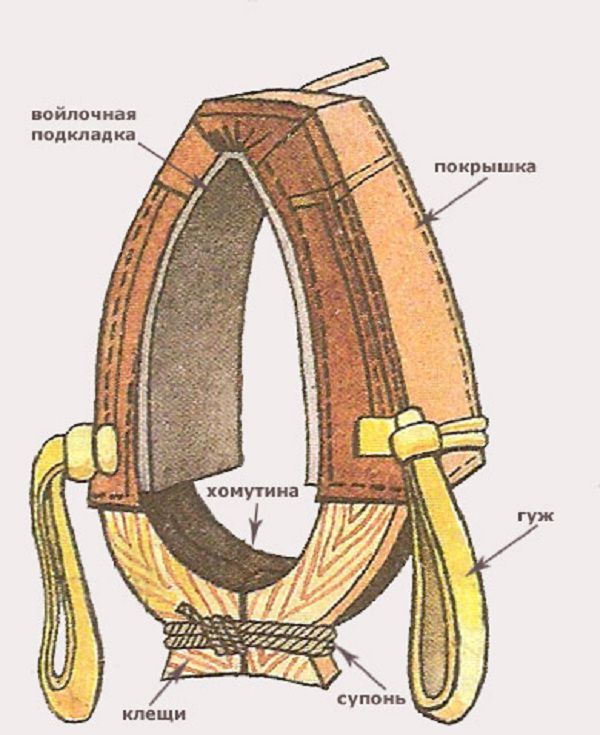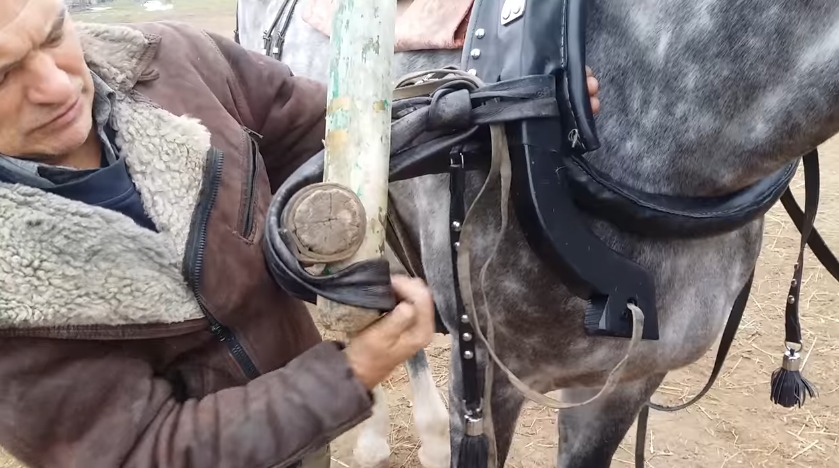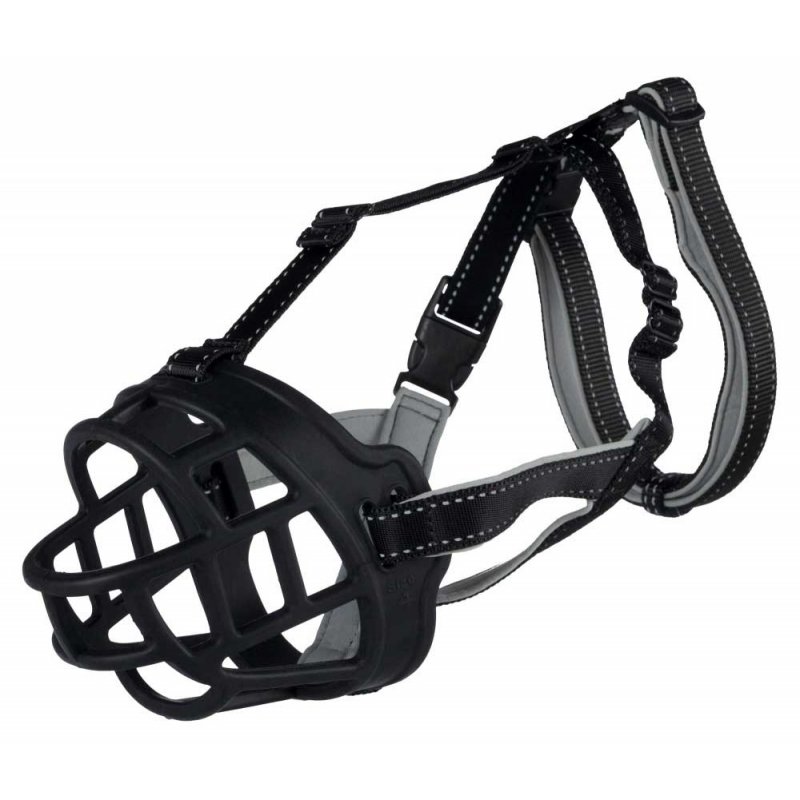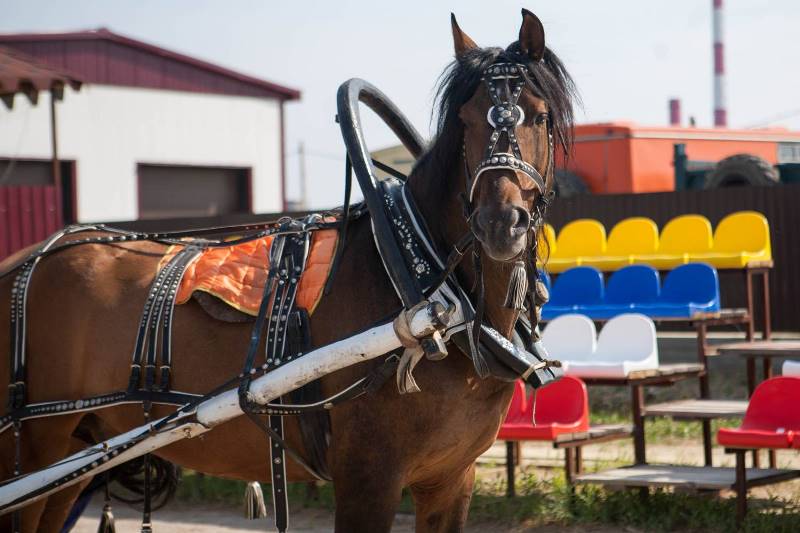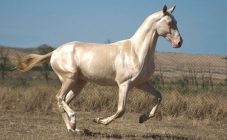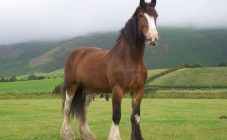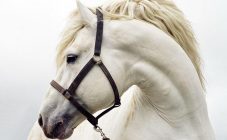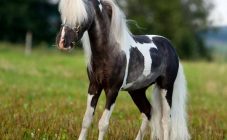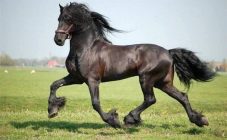Content:
Not everyone has their own horse. In a big city, there is little use for it and difficult to maintain. However, in the countryside, the horse is of great help to people. In particular, it can be a vehicle for people or help transport goods. The article tells about what kind of harness is, and how to harness a horse.
Harness complete set
A horse harness consists of many parts. Some are typical, others are used only in certain ways of harnessing. The main accessories of the harness are discussed below.
Bridle
It is a rather complex structure. A bit is placed in the horse's mouth, at its bend. They are a metal rod with rings attached to the edges. From them, a chin strap is installed under the chin. The reins are a long string, the ends of which are attached to the bit rings, and the middle part is in the hands of the rider.
A pair of straps that run over the top are called a headband. They allow the bridle to hold onto the head. There are two such belts: one goes behind the ears, the other in front. There is another chin strap under the headband.
There are several designs of bridles. Here is one of the most common. A horse cavesson is similar to a bridle, but there are no metal bits. It is used in conjunction with a horse leash when working on the line.
Halter
Usually, when a horse is not harnessed, this does not mean that there is no harness at all. In fact, there is a belt halter on her face that covers her from below and from above. A ring is attached to it below, where a leash for a horse is attached. Thus, it is convenient to lead the horse in the desired direction. When they start harnessing a horse, the halter must be removed and a bridle must be put on instead.
Blinders
These are flat plates that are located on the outside of the eyes. One of their functions is to protect the eyes from small objects. They are installed using special holders and positioned so that they minimize the view and are located in such a way that two-thirds are below eye level.
Rein
They are attached with their ends to the bits. The reins are held by the driver, who, with their help, controls the movement of the horse.
Clamp
It is intended to transfer the draft power of the horse to the cart. Its principle of operation is to harness the horse so that the wooden parts fit snugly to the body, without interfering with breathing. The horse pushes the collar with his entire body using his strength in the most efficient way.
Another benefit from it is that it reduces vibration transmitted from the cart, damping it when driving on uneven roads.
It is usually made from two strong wooden pieces, fastened together on one side. These parts are called ticks. When they are worn over the horse's head, their lower parts are pulled apart, and then they are tied with a supon.
The collar is worn in such a way that it fits snugly around the horse's body, but does not chafe while riding.A collar is placed under it, which is a soft and elastic lining.
The collar is installed in such a way that it does not interfere with the horse's breathing during operation.
A harness is a complex design of straps that will wrap around a horse. Its purpose is to prevent the clamp from slipping in various difficult situations. An example of one of these is when the cart is moving downhill and the collar may move towards the horse's head.
Shafts
It is a wooden structure that transfers the draft force from the horse to the cart, where it is harnessed. In this case, the vertically located part, called an arc, has the shape of a semicircle, to the ends of which wooden guides must be attached.
Tug
When it is necessary to attach the shafts to the clamp, they are tied up with special very strong belt loops. In winter, it is recommended to grease them with tar so that they are not staked. The tugs need to be adjusted so that they are of equal length and ensure the correct position of the shafts: it should not deviate in one direction or the other.
In addition, tar will prevent tugs from absorbing moisture and premature destruction.
In addition to attaching the shafts to the yoke, the tugs attach the bow to them.
Saddle and girth
Their main function is to attach the shaft again. To do this, use a strong belt, which is passed through the rings above and below the croup and tied to both shafts.
This piece of harness covers the horse's body from top to bottom. The upper part, like the lower one, is usually equipped with rings. One is located on top and two on the sides and slightly below. The bottom loop (not always available) is located at the very bottom of it. Since the top is designed for loads, it is usually fitted with a felt pad to reduce friction. Attach the saddle by tightening the girth from below.
Muzzle and collar
In some cases, if necessary, a horse muzzle can be used. It is worn on the front of the muzzle and is secured with a special strap that goes behind the ears.
A collar can also be used. It is worn around the neck and expands forward. Its dimensions are such that the horse can only look forward.
Types and methods of harnessing
Basically, the following types of harness are used:
- one-horse;
- team of two horses;
- three horses;
- multi-walled.
The latter option may differ in the number of harnessed horses.
If a tie is made, this means that one horse is placed in the shafts, and the tie runs alongside, helping the root horse.
With two horses in harness, one is the root horse, and the other is a pull-up horse.
In the third case, we are talking about the Russian troika of horses, where usually one of the horses is indigenous, and the other two are attached.
If a carriage with four horses is used, then one of the options is to use two pairs - two outriggers, as well as two indigenous ones.
Another way is called quadrigi: four horses run in one row.
When there are five horses, you can harness the horses like this: in the first row they put three outboard ones, and behind them - two root ones.
There is also another classification of types of horse harness:
- Post-line. This method is the most common for use in agriculture. In this case, the drawbar and shafts are not used. One of the advantages of this method is simplicity. However, a simplified harness on steep slopes can lead to horse injury.
- Line-and-drawbar version. With this method, the drawbar and shafts are used, resulting in safer driving in the event of steep descents on the road. Other advantages are that the stability of the animal becomes higher, and also the efficiency of the animal's labor increases during agricultural work. However, in this situation, it is important to correctly harness the horse, not to overtighten or distort it.
- Oglobelo-postromochnaya. This method is characterized by the fact that the arc is not used when harnessing. However, the clamp attaches securely enough using leather or metal clips. Another option can also be used in which the shafts are attached to the saddle and not to the clamp. This version of the horse-drawn carriage is very popular in various European countries. It is usually called the English harness.
- Hinge-arc version. This method is considered to be exclusively Russian. It is almost never used in Europe. This method is popular both for transporting goods and for transporting people.
- Mixed method. In this case, the harness may simultaneously contain features of several options. Most often, with such a harness, an arc is not used. It is not customary to use this option on those roads where there are steep descents or ascents.
For horse riding, the way of harnessing is significantly different.
Harness rules
At the very beginning, the halter is removed from the horse and the bridle is put on. It is placed over the top, inserting the bit and securing the bridle straps. In order for this harness not to move, it is fixed with a primer. This is a circular strap that wraps around the muzzle, positioned a few centimeters behind the bit. It cannot be tightened to the end. It is customary to do this in such a way that a verification action can be performed: two fingers could be slipped from below between the belt and the muzzle.
Another important function of it is that the bit does not move sideways and the ring does not get into the mouth.
Saddle must be attached. It should wrap around the horse's rump and be tied with straps at the bottom, slightly behind in relation to the front legs.
When the strap is put on, the strap should already be attached to it. Put it over your head. It is convenient to do this by turning the clamp over, and then, putting it on, you will need to put it correctly.
Putting on the shafts, you need to place the arc inside the shafts, pass the tug behind and above the shafts, draw it outside and grab the end of the arc with a loop.
At this stage, you need to attach the helmet. It is attached to the clamp at one end, then it must be carefully straightened and secured.
Now you need to attach the shafts to the saddle with straps. To do this, the belt is passed through the upper loops on it, through the lower loop and tightly tied to the shafts.
How to unharness a horse
Usually, in this case, the actions occur in the reverse order in relation to the harness. It looks like this:
- First, untie the reins and take them out.
- The straps with which the shafts were connected to the saddle are untied.
- Untie the supon, disconnect the arc and carefully remove it.
- They take the horse away from the shaft, untie and disconnect the harness.
- Remove the clamp, disconnect and remove the saddle.
Then the sweat is wiped off the animal, if it is winter outside and the horse is cold, covered with a blanket.
Harnessing a horse is a rather complicated matter. To master it, to stop being a beginner in this, you need to do this lesson repeatedly. At the same time, it is important to remember not to cause damage or cause chafing or other problems when harnessing. If done correctly, the horse will become a reliable helper for its master in life.
